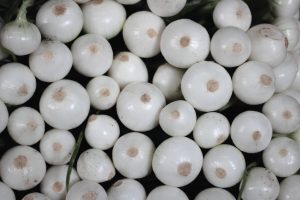What is the best Pearl Onion substitute?
Are you looking for a pearl onion substitute? When it comes to cooking, flexibility is the key to culinary creativity. So, what do you do when your recipe calls for those elusive pearl onions, but they’re nowhere to be found in your kitchen? Whether you’re whipping up a hearty stew, a savory roast, or a delectable side dish, knowing the best substitutes for pearl onions can be a game-changer. From small onions to shallots and even cipollini onions, we’re about to embark on a journey through the realm of oniony possibilities that will keep your dishes delicious. So, let’s peel back the layers of this culinary adventure and discover the perfect onion substitute for your next gastronomic masterpiece!
Try using: Small onions, Shallots, Cipollini Onions, Boiling Onions, Scallions or Green Onions, Chopped Leeks, Fennel Bulb or Pickled Onions.
Remember, the choice of substitute depends on the specific recipe and your preference for flavor intensity. So, don’t hesitate to get creative in the kitchen and discover which alternative works best for your culinary creations!
What are Pearl Onions?
Pearl onions are those tiny, delightful vegetables that often make appearances in various culinary dishes. These little gems are essentially small, sweet onions, usually about the size of a marble or slightly larger. They’re prized for their mild, delicate flavor and their ability to add a subtle sweetness to dishes. Pearl onions are often used in stews, roasts, pickles, and even in classic dishes like coq au vin. If you’re ever in a pinch and can’t find pearl onions, don’t worry! You can substitute them with regular small onions or even shallots for a similar flavor profile. Experimenting with different onion varieties can add an exciting twist to your recipes, so don’t hesitate to get creative in your culinary adventures!
Okay, before we look at your pearl onion substitute options, let’s deal with that empty cupboard situation!
Where can I buy Pearl Onions?
If you want to be more prepared and ensure you don’t run out of pearl onions, then you should stock up now.
Nowadays, most delicatessens and general supermarkets stock a wide variety of pearl onions. Or if you prefer you can also purchase pearl onions on-line.
So why not jump on and place your order today.
STOCK UP NOW!
Fresh Organic Red Pearl Onions
100% organic pearl onion, grown in Nepal.
10 ounce net bag of freshly grown product.
Fantastic taste, with a strong color. Use in salads, pickles and cooked recipes.
What can I substitute for Pearl Onions?
Here are some of the best ingredients to substitute the flavor and role that pearl onions provides in your recipes.
- Small Onions
- Shallots
- Cipollini Onions
- Boiling Onions
- Scallions or Green Onions
- Chopped Leeks
- Fennel Bulb
- Pickled Onions
Pearl Onion substitute
Small onions
Using small onions as a pearl onion substitute in your recipes is a smart move when those little pearls are nowhere to be found. Here’s how you can seamlessly make the switch:
- Peeling and Trimming: Start by peeling the small onions just as you would with pearl onions. Trim the root end and cut a shallow “X” on the opposite side to help them cook evenly and absorb flavors.
- Blanching: To mellow out the strong onion flavor and make them tender, blanch the small onions in boiling water for about 1-2 minutes. Then, transfer them to an ice water bath to stop the cooking process. This step also makes peeling easier.
- Cooking Methods: Small onions can be used in various recipes that call for pearl onions. They’re great for stews, soups, roasts, and even pickling. Simply add them to your dish as you would with pearl onions.
- Adjust Cooking Time: Keep in mind that small onions might take slightly longer to cook compared to pearl onions since they are a bit larger. Adjust the cooking time accordingly to ensure they become tender and flavorful.
- Presentation: If the size of the onions matters for the visual appeal of your dish, consider cutting the blanched small onions in half before adding them. This can make them resemble pearl onions more closely.
- Taste Test: As always, taste test your dish as you go along. Small onions may have a slightly stronger flavor than pearl onions, so adjust seasonings to your liking.
By following these steps, you can seamlessly substitute small onions for pearl onions in your recipes.
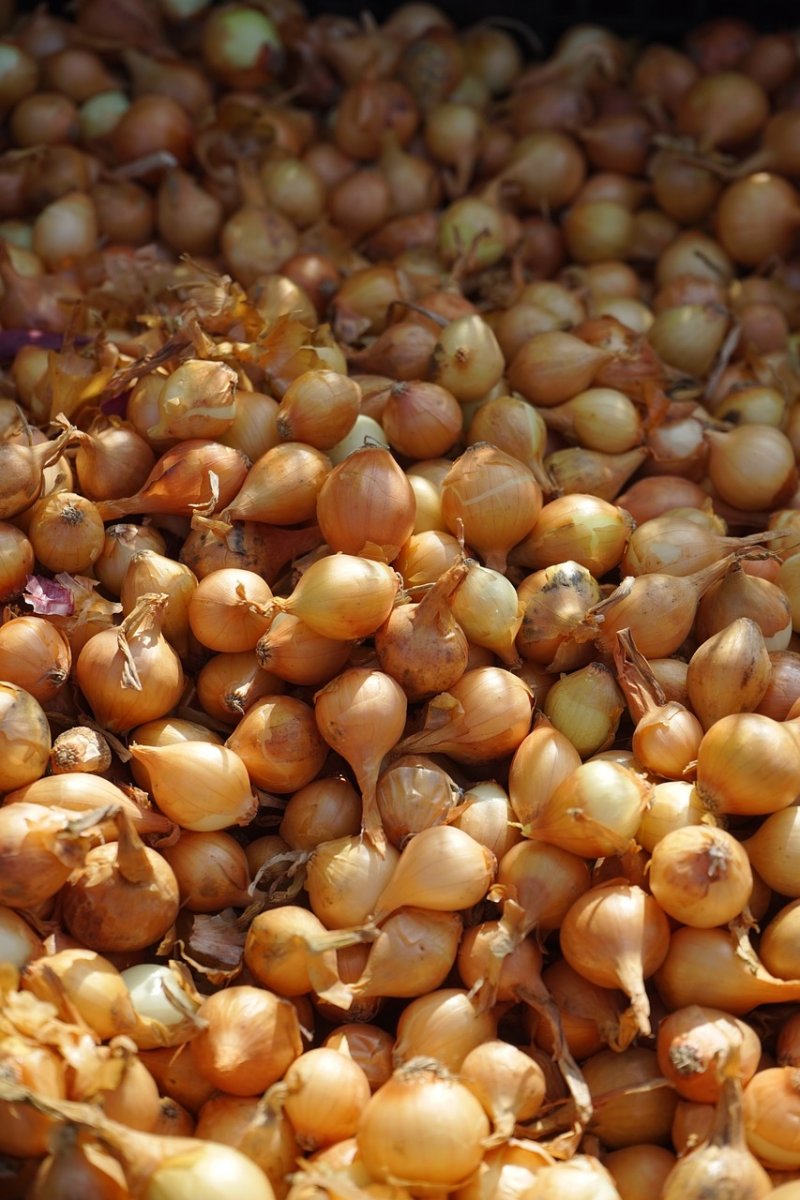
Shallots
Using shallots as a pearl onion substitute in your recipes is a flavorful choice that can add a unique twist to your dishes. Here’s how to make the switch:
- Peeling and Prepping: Peel the shallots and trim the root end, just like you would with pearl onions. Shallots come in clusters, so you can break them down into individual bulbs.
- Adjust Quantity: Since shallots are typically larger than pearl onions, you may need to adjust the quantity. Generally, one shallot can replace about 2-3 pearl onions. Slice or dice the shallots according to your recipe’s requirements.
- Flavor Profile: Shallots have a sweeter, milder onion flavor compared to regular onions. They also have a hint of garlic flavor. Keep this in mind when substituting them for pearl onions, as it can subtly influence the taste of your dish.
- Cooking Methods: Shallots can be used in a similar way to pearl onions. They work well in stews, soups, and sauces. You can also use them in sautés and stir-fries to add a depth of flavor.
- Sautéing: When using shallots, consider sautéing them briefly in a bit of oil or butter before adding them to your dish. This will bring out their sweet and aromatic qualities.
- Visual Appeal: Shallots may not have the same small, round appearance as pearl onions, so keep in mind that they might not look identical in your dish. If visual consistency is important, consider chopping them finely to blend in better.
- Taste Testing: As always, taste your dish as you go along and adjust seasonings accordingly. Shallots can add a delightful complexity to your recipes, so embrace their unique flavor.
By using shallots as a substitute for pearl onions, you can add a touch of sophistication and depth to your dishes while still achieving delicious results.
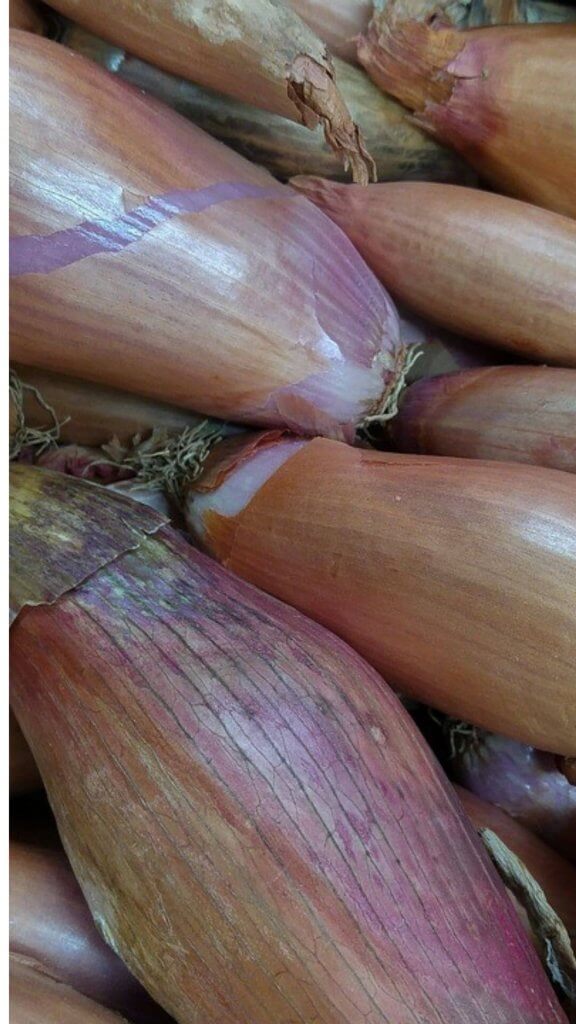
Cipollini Onions
Substituting cipollini onions for pearl onions can bring a delightful twist to your recipes. Here’s how to make the switch:
- Peeling and Prepping: Cipollini onions have a unique, flat shape and a thin skin. Start by trimming the root end and making a shallow “X” on the opposite side to help with peeling. Blanch them in boiling water for about 1-2 minutes and then transfer them to an ice water bath to make peeling easier.
- Size Consideration: Cipollini onions are slightly larger than pearl onions, so if visual consistency is essential in your dish, you can cut them in half or quarters depending on your preference and the size of the cipollini onions.
- Flavor Profile: Cipollini onions have a sweet and mild flavor, which makes them an excellent substitute for pearl onions. They caramelize beautifully when cooked, adding a touch of sweetness to your dishes.
- Cooking Methods: Cipollini onions work well in recipes that call for pearl onions. You can use them in stews, roasts, or even pickle them. Due to their sweet nature, they’re particularly fantastic when caramelized in butter or oil for a rich, sweet-savory flavor.
- Adjust Cooking Time: Cipollini onions may take a bit longer to cook than pearl onions due to their size, so be prepared to adjust the cooking time in your recipes to ensure they become tender and caramelized to perfection.
- Presentation: Depending on the dish, you can choose to leave cipollini onions whole for a rustic look or cut them for a more uniform appearance.
- Taste Test: As always, taste your dish as you cook and adjust seasonings accordingly. Cipollini onions can bring a lovely sweetness, so keep that in mind when balancing flavors.
By using cipollini onions as a substitute for pearl onions, you can add a touch of sophistication and natural sweetness to your recipes.
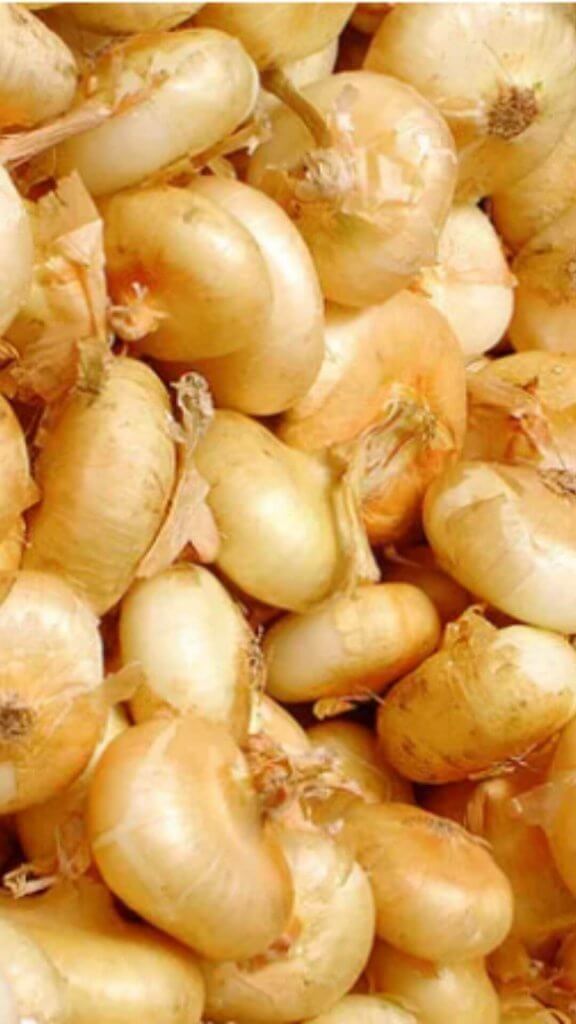
Boiling Onions
Substituting boiling onions for pearl onions is a practical choice, and here’s how you can do it effectively for your recipes:
- Peeling and Prepping: Start by peeling the boiling onions, removing the outer skin. Trim the root end and make a shallow “X” on the opposite side to help with even cooking and flavor absorption.
- Adjust Quantity: Boiling onions are similar in size to pearl onions, so you can often substitute them in a 1:1 ratio. If they are slightly larger, consider cutting them in half to achieve a size closer to pearl onions.
- Flavor Profile: Boiling onions have a mild, sweet flavor, making them an excellent substitute for pearl onions. They won’t overpower your dish and can complement a wide range of recipes.
- Cooking Methods: Boiling onions work well in recipes that call for pearl onions, especially in stews, soups, and roasts. They can also be pickled. Just add them to your dish at the appropriate time, similar to how you would use pearl onions.
- Adjust Cooking Time: Since boiling onions are about the same size as pearl onions, their cooking time should be similar. However, always monitor your dish and adjust the cooking time as needed to ensure they become tender.
- Presentation: Boiling onions can be left whole or cut in half, depending on your preference and the visual consistency you desire in your dish.
- Taste Test: As with any substitution, taste your dish as you cook and adjust seasonings accordingly. Boiling onions should provide a mild, sweet flavor similar to pearl onions.
Using boiling onions as a substitute for pearl onions is a convenient way to maintain the intended flavor and appearance of your recipes when pearl onions are unavailable.
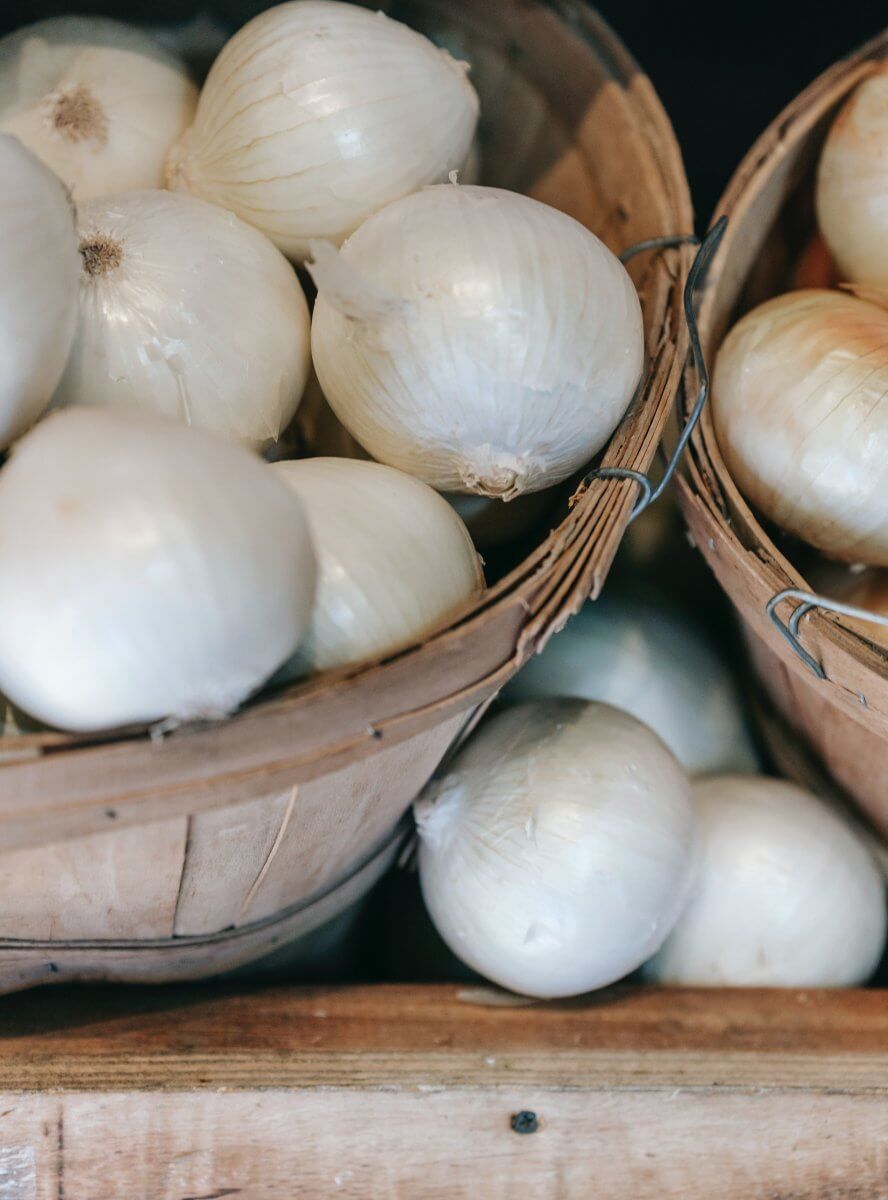
Scallions or Green Onions
Substituting scallions or green onions for pearl onions can add a unique twist to your recipes. Here’s how to use them effectively:
- Trimming and Prepping: Trim both the root ends and the dark green tops of the scallions or green onions. You’ll primarily be using the white and light green parts for this substitute.
- Quantity Adjustment: Since scallions and green onions are longer and thinner than pearl onions, you’ll need to adjust the quantity. Generally, you can substitute one scallion or green onion stalk for a few pearl onions.
- Slicing or Dicing: Depending on your recipe and preference, you can either slice the white and light green parts thinly or dice them. This will help them cook more evenly and blend into your dish.
- Flavor Profile: Scallions and green onions have a mild, onion-like flavor with a subtle hint of garlic. While the flavor isn’t identical to pearl onions, it can still complement a wide range of dishes.
- Cooking Methods: Scallions and green onions are excellent in stir-fries, sautés, and as garnishes. They work best in dishes where you want a mild onion flavor with a touch of freshness.
- Add at the Right Time: When using scallions or green onions, add them toward the end of the cooking process. This way, they’ll retain their crispness and add a burst of flavor to your dish.
- Presentation: Keep in mind that the appearance of scallions or green onions will differ from pearl onions. They’ll add a pop of green color and a more slender shape to your dish.
- Taste Test: Always taste your dish as you go along and adjust seasonings accordingly. Scallions and green onions can provide a subtle oniony and garlicky note.
Using scallions or green onions as a substitute for pearl onions can bring a fresh and mildly aromatic dimension to your recipes.
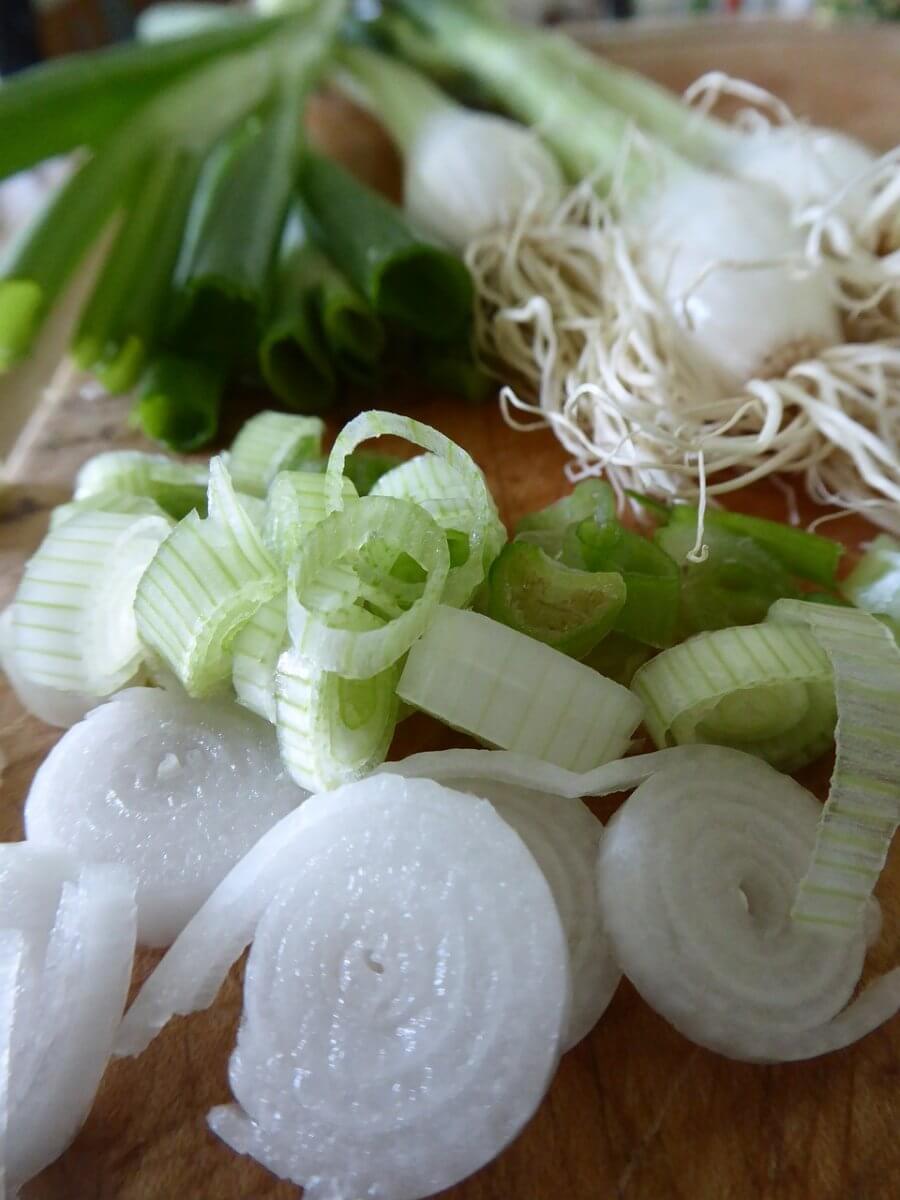
Chopped Leeks
Using leeks as a pearl onion substitute can be a flavorful choice with a unique twist. Here’s how to do it effectively:
- Cleaning and Prepping: Start by trimming off the root end and the dark green tops of the leeks, leaving only the white and light green parts. Slice the leeks thinly or dice them, depending on your recipe.
- Quantity Adjustment: Leeks are larger than pearl onions, so you’ll need to adjust the quantity accordingly. Generally, one medium-sized leek can replace several pearl onions.
- Flavor Profile: Leeks have a milder and sweeter flavor compared to regular onions, making them a suitable substitute for pearl onions. They also have a subtle garlic-like note that can add depth to your dishes.
- Cooking Methods: Leeks are versatile and work well in a variety of cooking methods. They can be sautéed, roasted, braised, or used in soups and stews. Consider how you want to incorporate their flavor into your recipe.
- Add at the Right Time: If you’re using leeks as a substitute for pearl onions, add them to your dish at the appropriate time. They may need a little longer to soften and develop their flavor compared to pearl onions.
- Presentation: Keep in mind that the appearance of leeks differs from pearl onions. Leeks are longer and more cylindrical. You can slice them into rings or dice them finely for better integration into your dish.
- Taste Test: As always, taste your dish as you cook and adjust seasonings accordingly. Leeks will provide a mild oniony and slightly garlicky flavor.
Using leeks as a substitute for pearl onions can add a delightful complexity to your recipes, thanks to their mild sweetness and subtle garlic undertones.
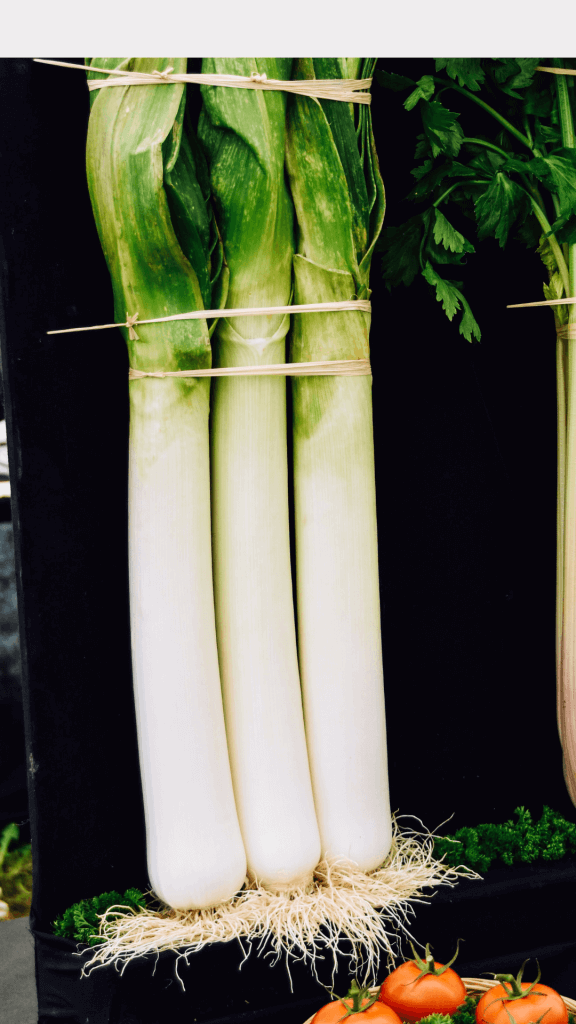
Fennel Bulb
Using fennel bulb as a substitute for pearl onions can bring a delightful anise-like flavor and a unique twist to your recipes. Here’s how to do it effectively:
- Trimming and Prepping: Start by trimming off the stalks and the root end of the fennel bulb. Remove any tough or discolored outer layers. Slice the bulb thinly or dice it, depending on your recipe.
- Quantity Adjustment: Fennel bulb is larger than pearl onions, so you’ll need to adjust the quantity accordingly. One medium-sized fennel bulb can replace several pearl onions.
- Flavor Profile: Fennel has a distinct, sweet, and slightly licorice-like flavor, which can be a unique addition to your dish. It pairs well with a variety of ingredients and works beautifully in Mediterranean and Italian-inspired recipes.
- Cooking Methods: Fennel can be used in a range of cooking methods, including sautéing, roasting, braising, and even raw in salads. Consider how the anise-like flavor of fennel will complement your dish.
- Add at the Right Time: When using fennel as a substitute for pearl onions, add it to your dish at the appropriate time based on the cooking method. Keep in mind that fennel may need a bit more time to soften and caramelize compared to pearl onions.
- Presentation: The appearance of fennel differs significantly from pearl onions. It has a white or pale green color and a distinct bulb shape. Slice or dice it finely to integrate it better into your dish.
- Taste Test: Always taste your dish as you cook and adjust seasonings accordingly. Fennel will provide a sweet and slightly anise-flavored dimension to your recipe.
Using fennel bulb as a substitute for pearl onions can add a unique and aromatic element to your dishes.
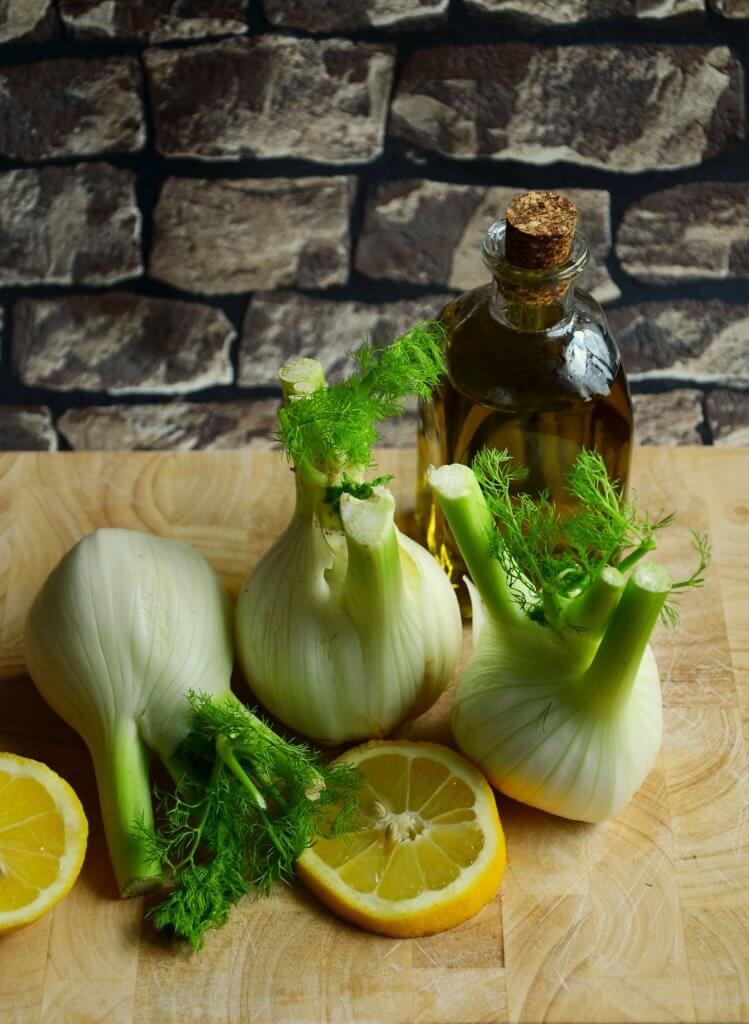
Pickled Onions
Using pickled onions as a pearl onion substitute can add a tangy and zesty twist to your recipes. Here’s how to do it effectively:
- Quantity Adjustment: When substituting pickled onions for pearl onions, consider the level of acidity in your dish. Pickled onions are tangy, so adjust the quantity to your taste and the recipe’s flavor profile.
- Draining: Before adding pickled onions to your recipe, be sure to drain them well to remove excess brine and acidity. You can place them in a strainer or on a paper towel to let the excess liquid drip off.
- Rinse if Necessary: Depending on the level of tanginess you desire, you can rinse the pickled onions under cold water to reduce their acidity further. This step is especially useful when substituting them in dishes where the acidity of pearl onions would be too overpowering.
- Cutting: Pickled onions often come in slices or rings. You can use them as they are or chop them into smaller pieces, depending on your recipe’s requirements and visual appeal.
- Flavor Considerations: Pickled onions will bring a bold tangy and vinegary flavor to your dish. Keep this in mind and adjust the seasonings accordingly to balance the flavors.
- Cooking Methods: Pickled onions work well in cold dishes like salads, sandwiches, and wraps, where their tangy kick can brighten up the flavors. They can also be used in cooked dishes, but be aware that their texture may soften during cooking.
- Garnish: Consider using pickled onions as a garnish to add a burst of flavor and color to your dish. Their vibrant hue can be visually appealing.
- Taste Test: Always taste your dish as you go along, especially when using pickled onions, as their acidity can influence the overall flavor.
Using pickled onions as a substitute for pearl onions can provide a zesty and tangy dimension to your recipes. Be mindful of their acidity and adjust accordingly to create a harmonious balance of flavors.
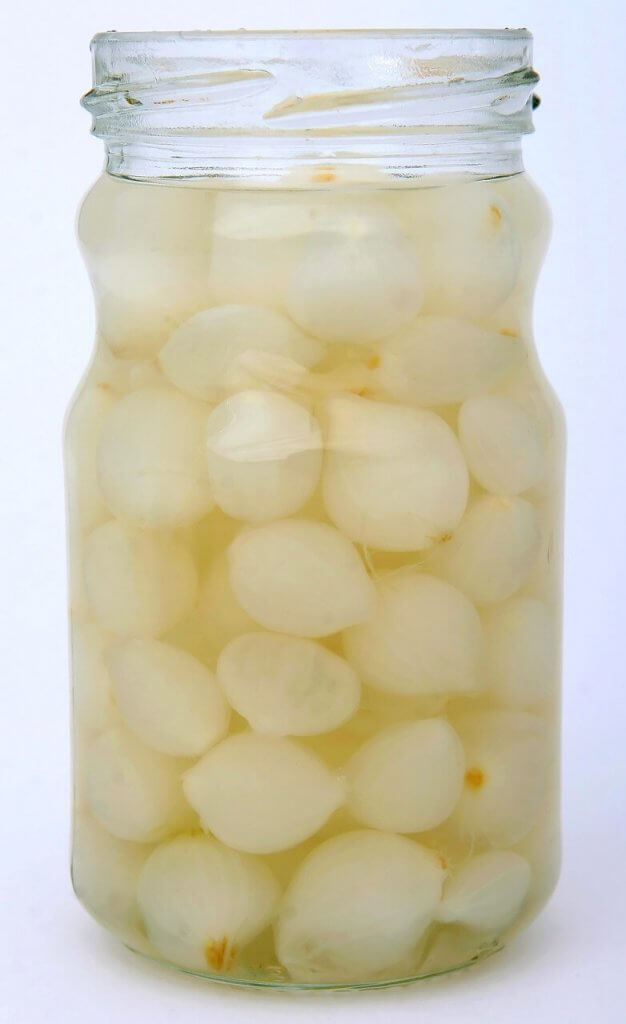
Pearl Onion versus Regular Onions – facts
Can I just use regular onions stead of pearl onions? Ah, the classic pearl onions versus regular onions debate! Let’s peel back the layers and uncover the key differences.
First off, size matters. Pearl onions are tiny, about the size of a marble or even smaller. Regular onions, on the other hand, come in various sizes, from small to large, depending on the variety.
Now, onto flavor. Pearl onions are known for their mild and sweet taste. They bring a subtle, delicate onion flavor to dishes without overpowering other ingredients. In contrast, regular onions can range from mild to pungent, and their flavor can be more intense, especially when raw.
Texture also sets them apart. Pearl onions have a tender, crisp texture when cooked, making them ideal for pickling, roasting, or stewing. Regular onions can become soft and caramelized when cooked but may retain more texture when used raw in salads or salsas.
Peeling is another distinction. Pearl onions can be a bit fiddly to peel due to their size, but they’re typically blanched briefly to make this task easier. Regular onions are larger and easier to handle.
Lastly, culinary applications vary. Pearl onions are often used as garnishes, in stews, and for pickling due to their small size and sweet flavor. Regular onions are versatile and can be the star of the show in many dishes, from sautés to soups.
In summary, while both pearl and regular onions belong to the same allium family, they offer distinct flavors, sizes, and uses in the kitchen. Knowing these differences allows you to choose the right onion for the right culinary occasion.
Summary for Pearl Onion substitute
Okay – that’s you all sorted with suitable substitutes for Pearl Onions.
- Small Onions: Regular small onions can work in a pinch. Just peel and chop them to a size similar to pearl onions. They’ll bring a slightly stronger onion flavor, but they’re versatile in various dishes.
- Shallots: Shallots are a fantastic substitute, offering a mild, sweet onion flavor. They’re easy to peel and chop finely or use whole if they’re small enough.
- Cipollini Onions: These flat, disk-shaped onions are a close cousin to pearl onions. They have a sweet taste and are perfect for roasting or caramelizing.
- Boiling Onions: Boiling onions are similar in size to pearl onions and are often used interchangeably. They have a mild flavor and are excellent for stews and pickling.
- Scallions or Green Onions: While not quite the same, the green part of scallions or green onions can be used as a garnish to add a mild oniony flavor and a pop of color to your dishes.
- Chopped Leeks: Leeks, especially the white and light green parts, can be sliced or chopped and used as a milder substitute for pearl onions in soups and casseroles.
- Fennel Bulb: Using fennel bulb can bring a delightful anise-like flavor and a unique twist to your recipes. Cook slightly longer to ensure the fennel has softened.
- Pickled Onions: Use pickled onions as a substitute for pearl onions when you want to add a tangy and zesty twist to your recipes.
We have gathered together a lot more facts on ingredients such as herbs, spices, oils, nuts, etc. if you would like to learn some more.
Or if you need to swap out another ingredient have a look at our Substitutes section.
